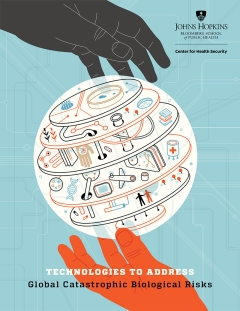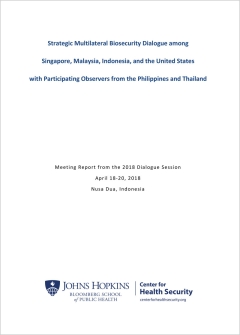National investments to facilitate prompt access to safe and effective medical countermeasures (MCMs) (ie, products used to diagnose, prevent, protect from, or treat conditions associated with chemical, biological, radiological, or nuclear threats, or emerging infectious diseases) have little merit if people are not willing to take a recommended MCM during an emergency or inadvertently misuse or miss out on a recommended MCM during an emergency. Informed by the Expert Working Group on MCM Emergency Communication, the Johns Hopkins Center for Health Security developed recommendations for achieving desired public health outcomes through improved MCM communication based on a review of model practices in risk communication, crisis communication, and public warnings; detailed analysis of recent health crises involving MCMs; and development of a scenario depicting future MCM communication dilemmas. The public’s topics of concern, emotional requirements, capacity for processing information, and health needs will evolve as an emergency unfolds, from a pre-event period of routine conditions, to a crisis state, to a post-event period of reflection. Thus, MCM communication by public health authorities requires a phased approach that spans from building up a reputation as a trusted steward of MCMs between crises to developing recovery-focused messages about applying newly acquired data about MCM safety, efficacy, and accessibility to improve future situations.




